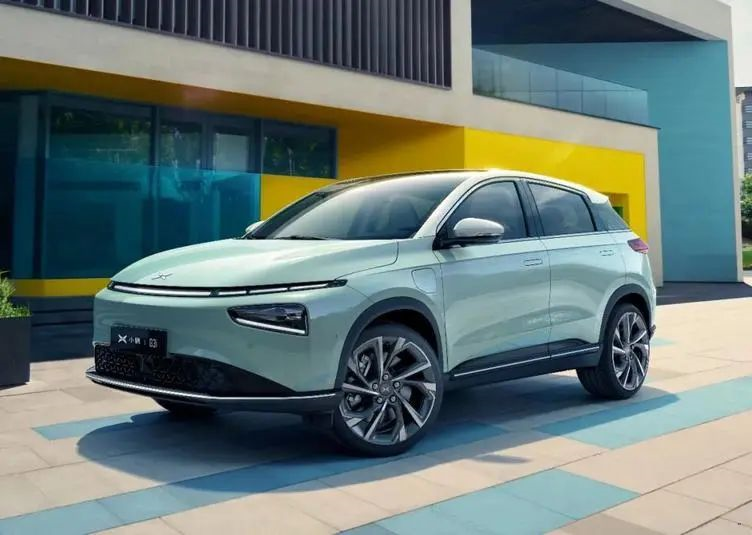Introduction
On July 9, the XPeng G3i was officially launched. As the first model of the XPeng family after the birth of the brand, the importance and significance of G3 to the entire XPeng family is self-evident. In the automotive industry, it is often said that car models are restyled every three years and replaced every five years. The XPeng G3 model, which was launched in 2018, has also undergone a major mid-term update. As a leader among new forces in the automotive industry, XPeng Motors, which focuses on the first electric car for young people, has attracted sufficient attention from consumers with the new G3i’s intelligent features.
Exterior, Interior, and Endurance
For a new car, the most intuitive impression is the exterior and interior. Let’s take a brief look at the improvements in the exterior, interior, and endurance of the new G3i compared to the previous XPeng G3:
In terms of exterior:
- Officially switched to the unified style of the XPeng family’s front light, replacing the trident-shaped LED DRL of the previous generation with a front LED light strip that supports “light dance” function. The split-style headlights are placed on both sides, similar in height to the P7, making it more rounded and futuristic.
- Upgraded from the 17-inch wheels to brand new 18-inch wheels.
- Adopted the pop-up door handles, same as the P7.
- Released exterior paint colors that are more in line with the aesthetic of young people such as red, blue, cyan, and green.
- Removed the roof lift camera, making the roof curve smoother.
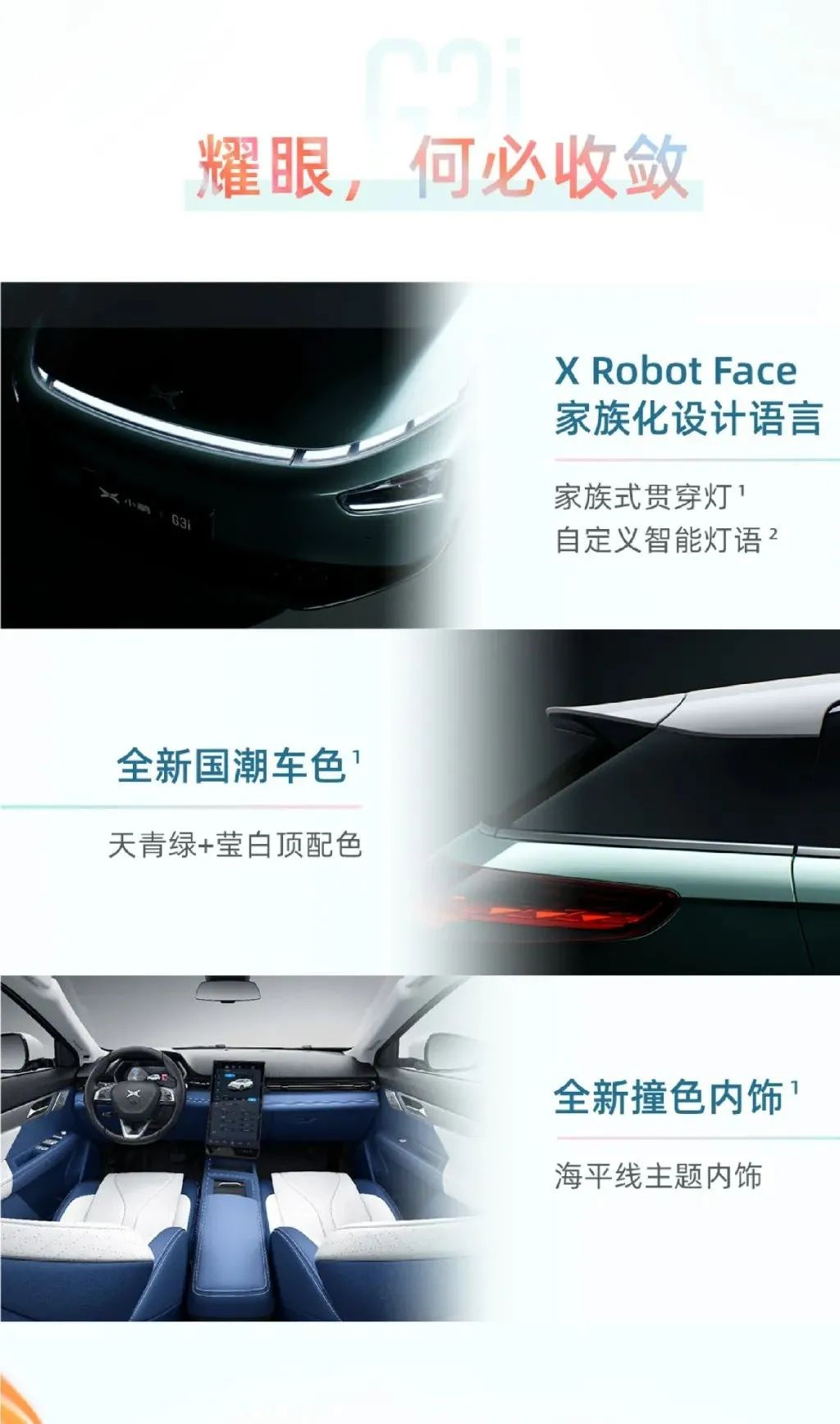
In terms of interior, the full LED light group is equipped with intelligent light language function, which will have different illumination modes in scenarios such as start-up, charging, and welcome. And users can customize the lighting function after the purchase. Green body will match the unique white roof color. The interior color matching also adds blue and white color collision design.
In terms of endurance, the new XPeng G3i remains the same as the old model, with two versions of NEDC mileage–460 km and 520 km. However, Mr. He XPeng explained that this endurance is already sufficient for young people’s commuting, and with XPeng’s charging pile layout increasingly perfect in first-tier cities, the endurance mileage is not too much of a concern.
Three Major Selling Points of Intelligent Internet Connectivity
Today’s young people not only consider the appearance when buying a car, but also attach great importance to the intelligent performance of the car. It can be imagined that if new functions that are difficult to find in the market appear, young people will still be willing to try them out.
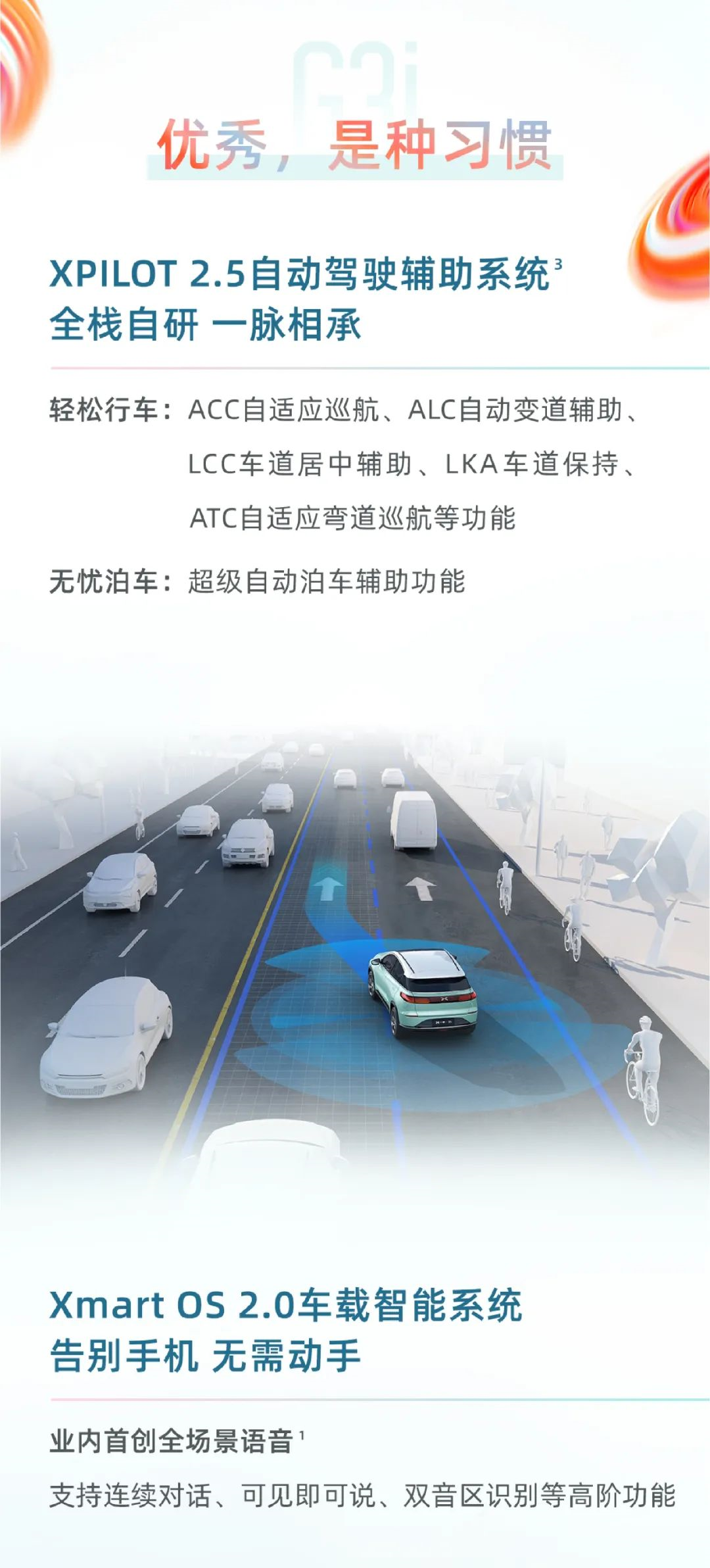 ## Intelligent Connectivity
## Intelligent Connectivity
The XPeng G3i is equipped with Xmart OS 2.0 vehicle intelligent system, which uses Qualcomm Snapdragon 820A chipset. Xmart OS 2.0 has made significant improvements in the vehicle’s impact system and sound playback modes compared to the previous generation vehicle systems. In addition, the overall interface for vehicle control and vehicle main control modules will also receive corresponding upgrades. This Xmart OS 2.0 system, the same as the XPeng P7, is mounted on the XPeng G3i for less than 200,000 yuan. This means that it aims to provide consumers with more intelligent capabilities, and enable more people to enjoy the travel life brought by smart cars. As the latest automotive-grade system-on-chip (SoC) by Qualcomm Technologies, the Snapdragon 820A supports OTA remote updates, meaning that consumers can update in-vehicle applications like updating mobile software, making the operation more convenient.
Meanwhile, the XPeng G3i also supports remote air conditioning control function. Whether in the cold winter or hot summer, you can turn on the air conditioning a few minutes before you set off and enjoy a comfortable temperature inside the car. It can be seen that XPeng fully considered the living needs of the target group in terms of design and in-car configuration, and made the car owners of all ages satisfied both inside and outside.
Intelligent Driving
The XPeng G3i is equipped with XPILOT 2.5 automated driving assistance system, with a total of 5 high-definition cameras, 3 millimeter-wave radars, and 12 ultrasound radars that can achieve mainstream assisted driving functions. Different from the previous generation, the hardware is still provided by Bosch, but the algorithm has been completely switched to XPeng’s self-developed version.
Equipped with 12 ultrasound sensors, 4 body cameras, 1 front camera, and 3 millimeter-wave sensors, XPeng G3i can achieve XPILOT 2.5 automated driving assistance, including adaptive cruise control (ACC) with automatic stop-start function, lane centering control (LCC), automatic lane change (ALC), adaptive turning cruise control (ATC), and other assisted driving functions. In addition to intelligent safety, it also has features such as 360-degree panoramic parking assistance, front collision warning, automatic emergency braking with pedestrian detection, and lane departure warning. In the online assisted driving road test video, we can see that XPILOT 2.5 has a high degree of completeness on city expressways and highways, the accuracy of judgment and the timeliness of action fully reflect the level of XPeng Auto’s driving assistance technology.
Voice Control
The all-new XPeng G3i will be equipped with the Xmart OS 2.0 in-car intelligent system’s full-scenario voice function. The user-friendly and easy-to-use intelligent voice function, such as “Hey, XPeng” AI voice assistant, continuous conversation, visible talking, dual-tone zone recognition, XPeng’s image and customizable voice commands, are all standard features of the XPeng G3i.
Compared with ordinary intelligent voice control systems, the full-scenario voice function of the Xmart OS 2.0 in-car intelligent system is more powerful and user-friendly. For example, while ordinary voice control systems may only control air conditioning, windows, and music through voice, the full-scenario voice function of the Xmart OS 2.0 in-car intelligent system can not only do those things, but it can also turn on/off the single-pedal mode or the low-speed simulation sound through voice and even activate the autonomous driving function through voice. In the future, it is not impossible to control the speed of the car through voice via OTA upgrades.
Second Listing, Huge Market Competition Pressure
On July 7th, XPeng Motors was officially listed on the Hong Kong Stock Exchange, becoming the first intelligent electric vehicle company to be included in the Hang Seng Index. Compared with internet and technology companies, intelligent electric vehicles are scarcer in the capital market, positioning XPeng Motors as a stock with a promising future in Hong Kong. Therefore, it can be seen that, in addition to XPeng Motors, NIO, Ideal, and other intelligent electric vehicle manufacturers also want to go public on the Hong Kong stock market, and the competition in the field of intelligent electric vehicles will become increasingly fierce.
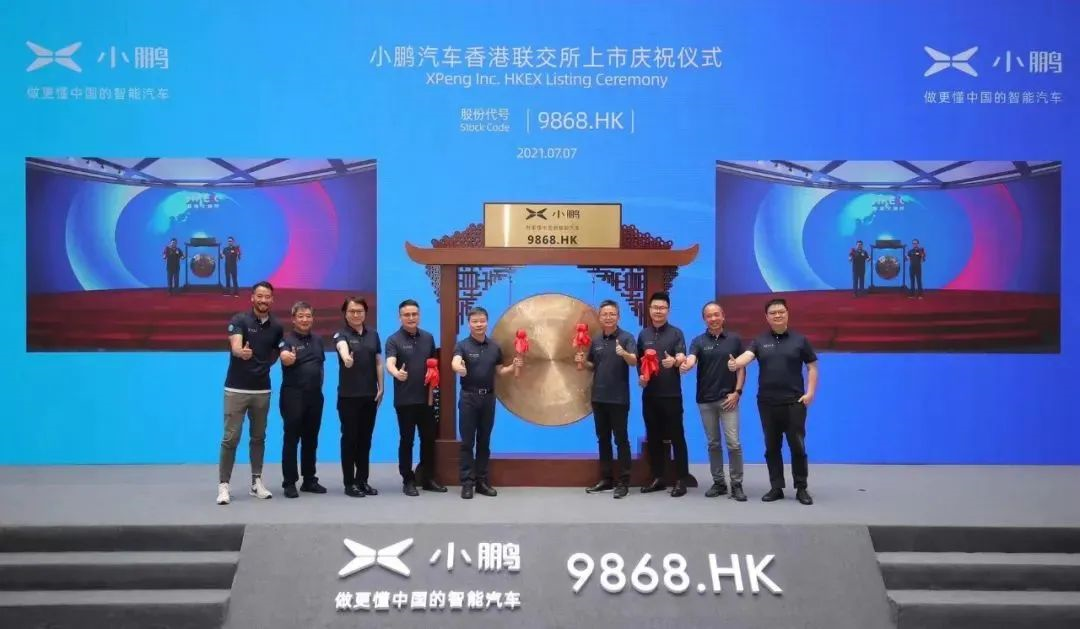
Currently, in the compact pure electric SUV market of CNY 150,000 – 200,000, XPeng G3 is not the only strong competitor, with WM EX5 and GAC Aion V also being strong rivals. But XPeng’s core competitiveness lies in its relatively mature intelligent driving assistance system, which is also its unique advantage in the segmented market. In the future, as the automobile’s intelligence become more and more ubiquitous, the intelligent capabilities of major automobile manufacturers are also improving rapidly. XPeng needs to keep its initial advantages to maintain and expand its competitiveness to stand out in this fierce competition.
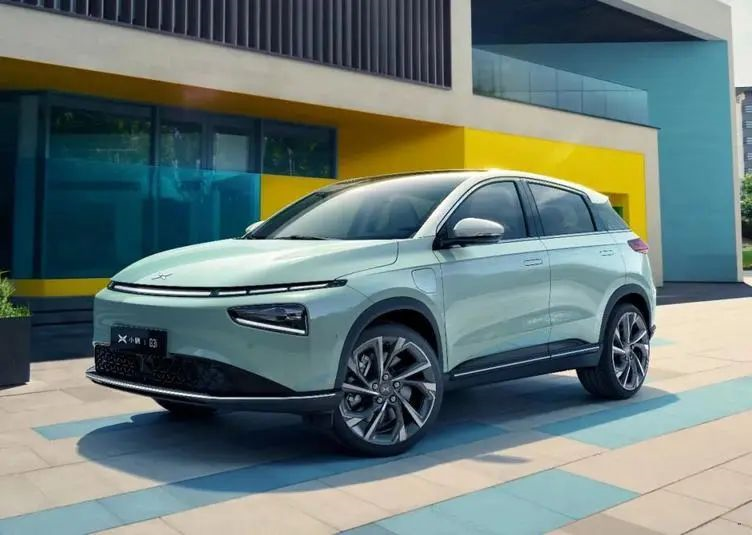 The new energy market is a market that is just beginning to flourish. In the early stages, those willing to consume it were often divided into two extremes. One is “commuting-oriented,” and they may only be willing to spend $100,000 to buy a new energy vehicle. The other is “high-end-oriented” – they want to buy higher-positioned, more expensive new energy vehicles. The former may consume models similar to the Wuling Hongguang MINI EV, while the latter may consume products such as Tesla and NIO. As a car priced between 150,000 and 200,000 yuan, the Xpeng G3i is often overlooked, as this problem can be seen from the fact that Xpeng P7 has the highest sales volume in its own car series. Therefore, it can be seen that the future market performance of Xpeng G3i is still full of challenges.
The new energy market is a market that is just beginning to flourish. In the early stages, those willing to consume it were often divided into two extremes. One is “commuting-oriented,” and they may only be willing to spend $100,000 to buy a new energy vehicle. The other is “high-end-oriented” – they want to buy higher-positioned, more expensive new energy vehicles. The former may consume models similar to the Wuling Hongguang MINI EV, while the latter may consume products such as Tesla and NIO. As a car priced between 150,000 and 200,000 yuan, the Xpeng G3i is often overlooked, as this problem can be seen from the fact that Xpeng P7 has the highest sales volume in its own car series. Therefore, it can be seen that the future market performance of Xpeng G3i is still full of challenges.
Conclusion
After the completely new facelift, the Xpeng G3i as a mid-term upgraded model of G3 has a more sci-fi appearance with a familial front face, and the new colors are more in line with the aesthetic of young people. The newly added full-scenario voice function has made significant improvements in both technology and practicality. The newly added V2L external discharge function, electric tailgate, smart search for cars, remote air conditioning control, and multi-functional external rearview mirror have further improved the user’s actual driving experience.
With the passage of time, new energy SUVs costing between 150,000 and 200,000 yuan have the potential to become the mainstays of this market, as they offer better quality than models priced below 150,000 yuan and better value than those priced above 200,000 yuan. It’s just that the products at this price point on the market are not excellent enough, but we have confidence in Xpeng G3i. After all, the Xpeng P7 and P5 have already shown us the strength of Xpeng in the smart car field. We believe that Xpeng G3i will be an outstanding product.
This article is a translation by ChatGPT of a Chinese report from 42HOW. If you have any questions about it, please email bd@42how.com.
